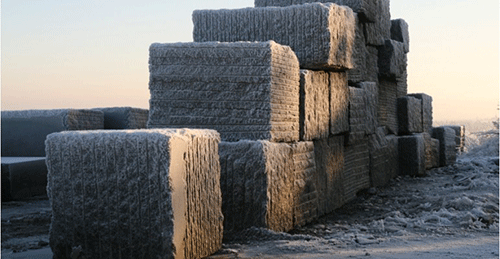Mines minister Tom Alweendo has warned that Namibian dimension stone remains vulnerable from threats of synthetic materials, thereby compromising the potential with investors who are becoming reluctant to invest in the industry.
Dimension stone is a popular construction material widely used in flooring, cladding, and paving of buildings and monuments.
“We are observing real threat coming from the synthetic materials against the natural stones. This all adds anxiety to potential investors in the dimension stone industry,” he explained in response to questions in the National Assembly. A synthetic material is one in which the substances are deliberately joined together to produce a material with different characteristics. Some synthetic materials form from mixtures, but most are the result of chemical reactions. Alweendo added that Namibia needs to continue addressing issues such as the ease of doing business, skills development as well as the availability of crucial inputs such as electricity and water, which he said should also be availed at a competitive rate.
“We have not been consistent in attracting our investors. The industry currently does not employ a significant number of employees. It only employs about 400 people but the industry has potential,” the minister stated. Alweendo explained that most of the rock types used in the global dimension stone are present in Namibia, with the two main rocks being marble and granite, which are both found in the Erongo region.
To date, Namibia has 13 active dimension stone mining operations, of which seven are local investors and six are foreign investors. Alweendo noted that in 2020, local industrial production was about 99 000 tons, representing a significant decrease from 2018 when the industry produced over 230 000 tons.
“Out of the 99 000 tons, roughly 36% was processed locally, while the rest was exported. Our export markets are mainly China, Italy, South Africa, India and USA. We need to do more in terms of local processing,” said Alweendo.
He, however, remained confident, saying Namibia now has two dimension stone processing plants: one in Walvis Bay and the other in Karibib: “We continue to make efforts to enhance the potential of the sector.
The ministry, in collaboration with the trade ministry, has developed the mineral beneficiation strategy, which speaks to the need to add more value to dimension stones”. - mndjavera@nepc.com.na


